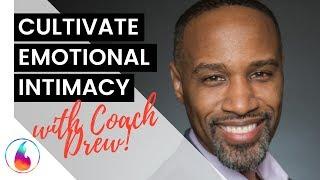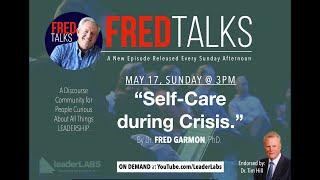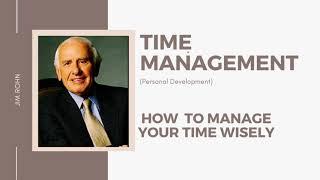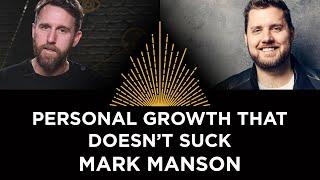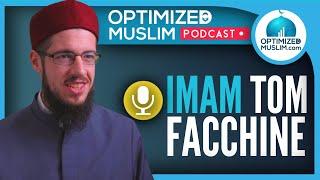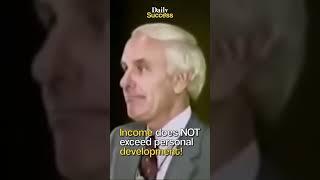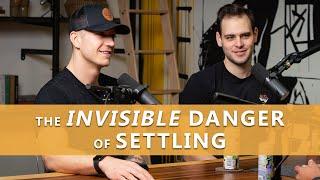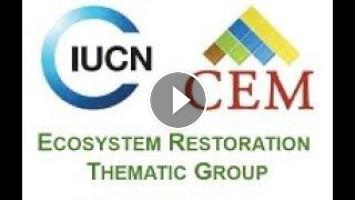IUCN CEM Ecosystem Restoration Thematic Group Webinar Series
Find the complete Series Playlist here: https://www.youtube.com/playlist?list=PLy4Yp_6qh0uEz_oq53_UhEDLHUZNPljRU
April 2019
Forest Landscape Restoration through the IUCN Global Forest Conservation Programme
This session will explore the IUCN’s work on forest landscape restoration through the Global Forest Conservation Programme of the IUCN Secretariat – part of the Nature-based solutions group. As one of three main business lines (including primary forests and locally-controlled forests), the Programme develops and supports international and global FLR initiatives. Specifically, this webinar will explore IUCN’s work on the Bonn Challenge and regional FLR initiatives like AFR100 through the Restoration Opportunities Assessment Methodology (ROAM), and the tracking of Bonn Challenge commitments through The Bonn Challenge Barometer. Time will also be devoted to exploring some of the Programme’s work with the Convention on Biological Diversity in making the connections between forest landscape restoration and biodiversity conservation. Overall, participants should acquire a deeper understanding of the work of the IUCN Secretariat on forest landscape restoration and the progress to date on the Bonn Challenge and FLR as a global initiative.
Craig Beatty, IUCN Global Forest Conservation Programme
Craig Beatty is a Programme Officer for the IUCN Global Forest Conservation Programme in Washington D.C. where he has helped operationalize the Restoration Opportunities Assessment Methodology (ROAM) since its inception in 2014. His work includes facilitating the transfer of knowledge, tools, and capacity on the components of forest landscape restoration assessments and his work especially focuses on geographic analysis of landscape degradation and restoration priorities, especially regarding biodiversity and ecosystem services. Additionally, he worked to develop the Restoration Opportunities Optimization Tool, a decision-support tool that enables stakeholders to optimize their investments in restoration to the benefit of multiple ecosystem services for varied beneficiaries. Craig earned a Bachelor of Science Degree in Biology from the University of South Florida, and a Master of Science Degree and Graduate Certificate in Environmental Science & Policy and Geographic Information Science from George Mason University.
Find the complete Series Playlist here: https://www.youtube.com/playlist?list=PLy4Yp_6qh0uEz_oq53_UhEDLHUZNPljRU
April 2019
Forest Landscape Restoration through the IUCN Global Forest Conservation Programme
This session will explore the IUCN’s work on forest landscape restoration through the Global Forest Conservation Programme of the IUCN Secretariat – part of the Nature-based solutions group. As one of three main business lines (including primary forests and locally-controlled forests), the Programme develops and supports international and global FLR initiatives. Specifically, this webinar will explore IUCN’s work on the Bonn Challenge and regional FLR initiatives like AFR100 through the Restoration Opportunities Assessment Methodology (ROAM), and the tracking of Bonn Challenge commitments through The Bonn Challenge Barometer. Time will also be devoted to exploring some of the Programme’s work with the Convention on Biological Diversity in making the connections between forest landscape restoration and biodiversity conservation. Overall, participants should acquire a deeper understanding of the work of the IUCN Secretariat on forest landscape restoration and the progress to date on the Bonn Challenge and FLR as a global initiative.
Craig Beatty, IUCN Global Forest Conservation Programme
Craig Beatty is a Programme Officer for the IUCN Global Forest Conservation Programme in Washington D.C. where he has helped operationalize the Restoration Opportunities Assessment Methodology (ROAM) since its inception in 2014. His work includes facilitating the transfer of knowledge, tools, and capacity on the components of forest landscape restoration assessments and his work especially focuses on geographic analysis of landscape degradation and restoration priorities, especially regarding biodiversity and ecosystem services. Additionally, he worked to develop the Restoration Opportunities Optimization Tool, a decision-support tool that enables stakeholders to optimize their investments in restoration to the benefit of multiple ecosystem services for varied beneficiaries. Craig earned a Bachelor of Science Degree in Biology from the University of South Florida, and a Master of Science Degree and Graduate Certificate in Environmental Science & Policy and Geographic Information Science from George Mason University.
- Category
- Sustainable Living & Environmental Conservation
- Tags
- IUCN, CEM, Restoration
Be the first to comment




